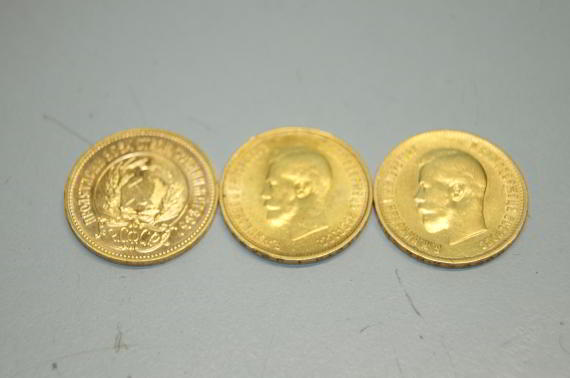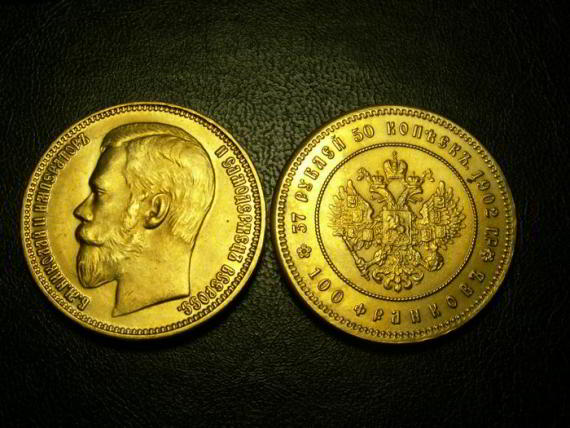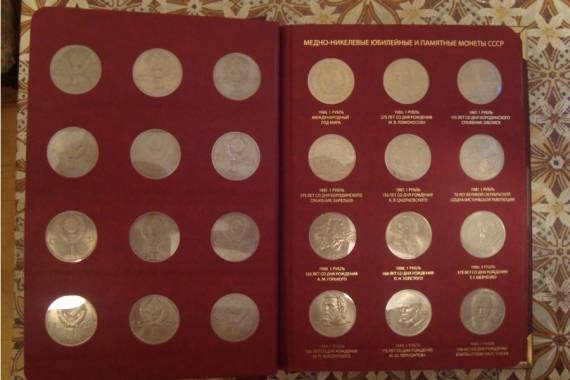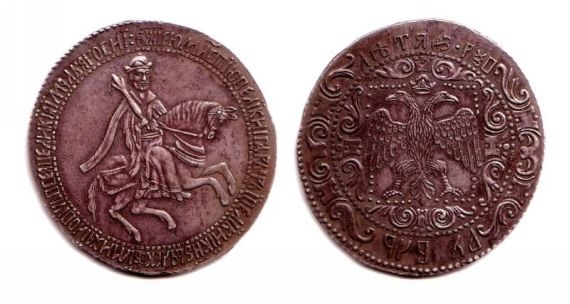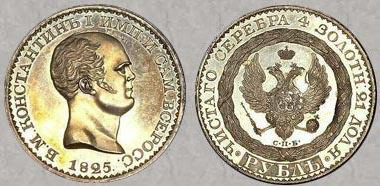e coin was practically
What is now in price on the numismatic market
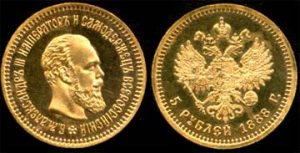 The dollar is falling, and the ruble is growing stronger. Especially – old. Antique coins are sold at auctions for “big money”. So, at the Gelos auction before the new year, for five gold rubles of Alexander III, coinage in 1888 was paid 150 thousand, and for a silver dime of 1741 of unique preservation – 90 thousand rubles. A set of two trial kopecks in 1871 of a copper-nickel alloy with a portrait of Alexander I was bought for 120 thousand rubles.
The dollar is falling, and the ruble is growing stronger. Especially – old. Antique coins are sold at auctions for “big money”. So, at the Gelos auction before the new year, for five gold rubles of Alexander III, coinage in 1888 was paid 150 thousand, and for a silver dime of 1741 of unique preservation – 90 thousand rubles. A set of two trial kopecks in 1871 of a copper-nickel alloy with a portrait of Alexander I was bought for 120 thousand rubles.
However, this is not the limit. Record is 120 thousand, but already dollars. Continue reading
First counterfeiters
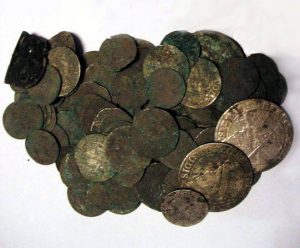 Since the very first metallic banknotes were born, the counterfeiters began their activities. They used every opportunity to seize the stamp. In this regard, the minters working on the mints, after the required number of coins were made, destroyed their stamps, and the secret of their production was considered not only his own, but also a state secret.
Since the very first metallic banknotes were born, the counterfeiters began their activities. They used every opportunity to seize the stamp. In this regard, the minters working on the mints, after the required number of coins were made, destroyed their stamps, and the secret of their production was considered not only his own, but also a state secret.
For counterfeiters, the very process of forging money was not a big deal. The first and most important thing that they had to do was to get the original stamps by any illegal means. If there was no such possibility, then the stamp was made by them independently by painstaking work. After the main tool was in their hands, it was necessary to choose a reliable secret place, if possible away from the city center. Continue reading
What is the damage of coins
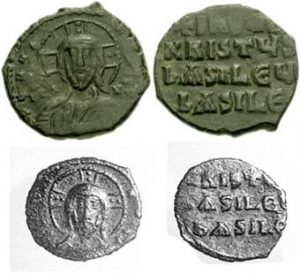 In the 10th century, Count Baldwin, in order to develop a monetary business, as well as improve trade relations, created a rate of exchange transactions. So, two hens could be exchanged for one rooster, two lambs for one sheep, and so on. Even though the territories of the countries were not disturbed by any crusades, every society needed money.
In the 10th century, Count Baldwin, in order to develop a monetary business, as well as improve trade relations, created a rate of exchange transactions. So, two hens could be exchanged for one rooster, two lambs for one sheep, and so on. Even though the territories of the countries were not disturbed by any crusades, every society needed money.
In Western Europe, there was a fairly large number of mints. Each duke and bishop sought to build their own coin shop. Therefore, quite often, in one city there could be several coin shops. Continue reading
